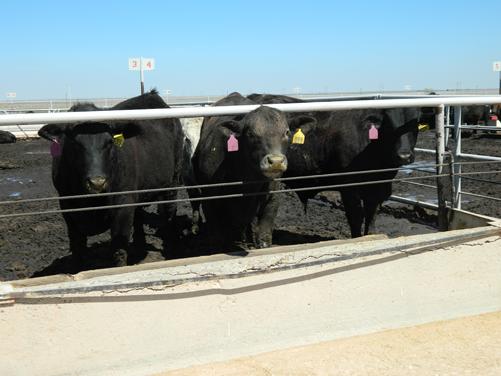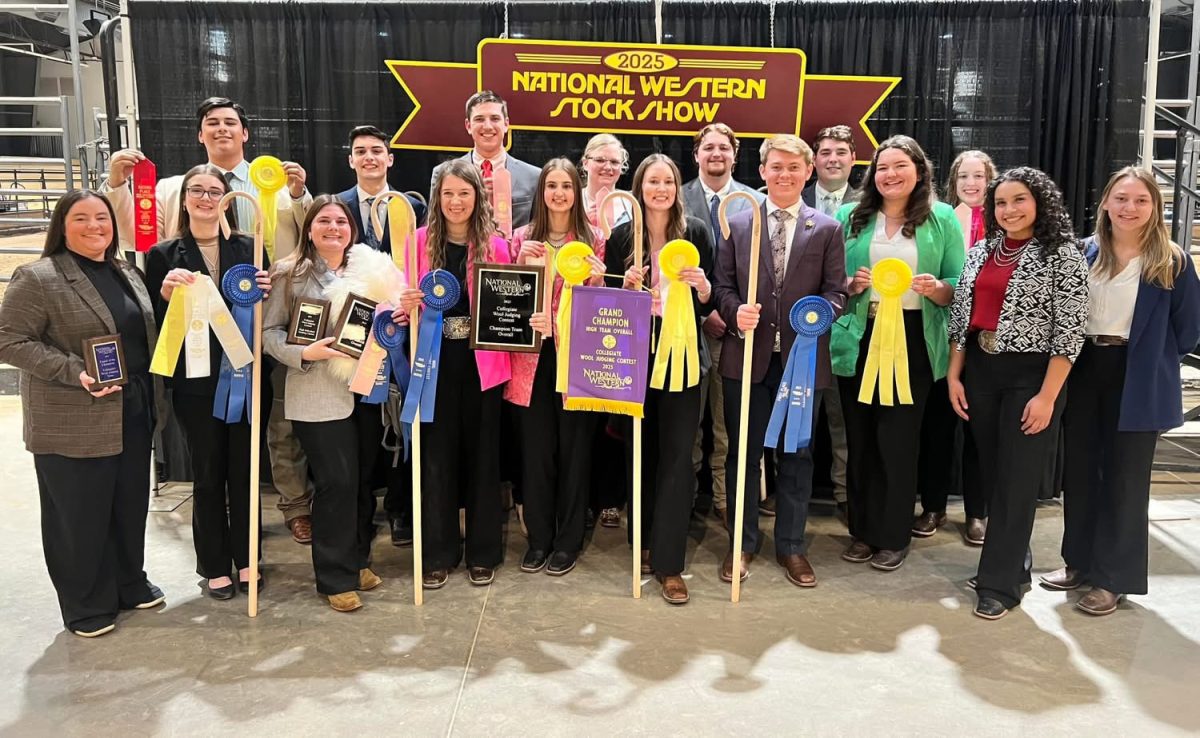
Web Editor’s Note: To view photos of the ranch, click here.
The Nance Ranch Feedlot Research unit in the Department of Agriculture and Natural Science gives students and professors the ability to research the cattle feeding industry in ruminant nutrition, management and animal health.
Dr. Michael Brown, professor of Ruminant Nutrition and Management, said they have a well-equipped research team.
“We have about six to eight people working in the research program at the WTAMU feedlot that consists of undergraduates, graduate students and full-time employees,” Dr. Brown said.
The current study involves liquid feed containing many levels of corn-condensed distillers from an ethanol industry. The goal is to assess the nutritional value of condensed soluble. Researchers are observing protein and energy value contained in the feed.“[It is a] wet grain that has added soluble. I have been curious about the protein degradability characteristics about this experiment,” Brown said. “Based on the performance of the cattle and what we know that is in the feed, we can calculate how much energy the soluble have to contain for us to see an outcome that we are looking for.”
The degradability of the solutions is high, confirming researchers’ suspicions. This validation provides concrete data available for future experiments.
Graduate student Justin Wallace, assists in operations of the feedlot including: mixing and delivering feed, monitoring and managing animal health, basic facility and equipment upkeep and various daily activities.
“It’s a great way to get hands-on experience not only with feed yard operations but research projects,” said Wallace. “The feedlot of WT is about one-tenth the size of the average feedlot.”
Wallace is joined by two graduate students: Ryan Butler, who is also a full-time employee, and Heather Hues. They also have a few undergraduate student workers including Criminal Justice major Keenon Harmon.
“I enjoy working on the feedlot because it’s real hands-on work,” Harmon said. “I grew up farming with a friend over in Plainview and also worked for Cargill.”
Results of the liquid feed study have yet to be determined. The next study includes zinc sources in supplements and in the feed.













